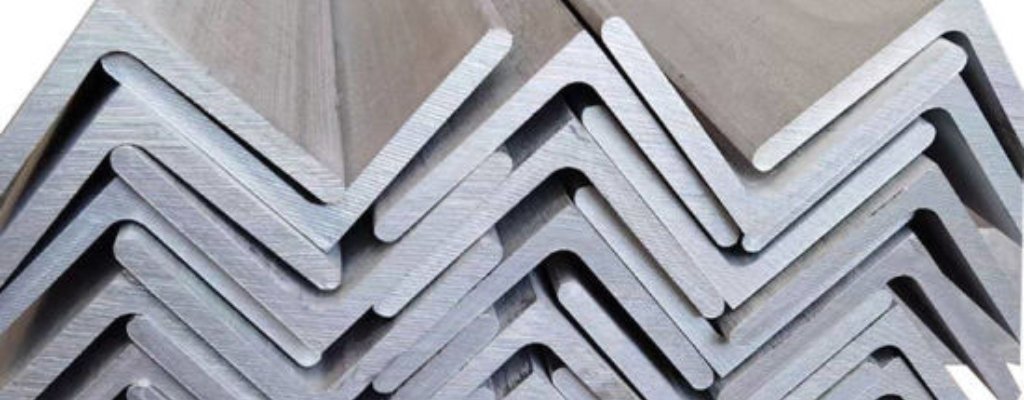
Stainless Steel 304 Flats Angles are versatile structural components characterized by their L-shaped cross-section. Fabricated from high-quality Stainless Steel 304, these angles offer excellent corrosion resistance and durability, making them ideal for various construction and industrial applications. The 90-degree angle design provides structural support, stability, and reinforcement, ensuring the integrity of structures such as frames, brackets, and supports. Stainless Steel 304 Flats Angles find widespread use in architectural designs, machinery frames, shelving units, and decorative applications, owing to their aesthetic appeal, strength, and longevity.
Specifications for Stainless Steel 304 Flats Angles
| Property | Flats | Angles |
|---|---|---|
| Material Grade | Stainless Steel 304 | Stainless Steel 304 |
| Standard | ASTM A276, A484 | ASTM A276, A484 |
| Thickness | Typically 3mm to 20mm (Customizable) | Typically 3mm to 12mm (Customizable) |
| Width | Typically 20mm to 200mm (Customizable) | Typically 20mm to 100mm (Customizable) |
| Length | Typically 1m to 6m (Customizable) | Typically 1m to 6m (Customizable) |
| Surface Finish | Mill Finish, Pickled, Bright Annealed | Mill Finish, Pickled, Bright Annealed |
| Tolerance | ASTM A484 | ASTM A484 |
| Edge Condition | Sharp or Rounded | Sharp or Rounded |
| Applications | Construction, Manufacturing, Machinery | Construction, Frames, Brackets, Supports |
| Corrosion Resistance | Excellent | Excellent |
| Weldability | Good | Good |
| Machinability | Fair to Good | Fair to Good |
Uses of Stainless Steel 304 Flats Angles
1. Structural Support: Stainless Steel 304 flats and angles are frequently used in construction as structural elements due to their high strength and corrosion resistance. They provide stability and support in building frameworks, bridges, and other structural applications.
2. Architectural Applications: These stainless steel components are widely employed in architectural designs for their aesthetic appeal and durability. Common applications include building facades, decorative elements, handrails, and balustrades.
3. Machinery and Equipment: Stainless Steel 304 flats and angles are utilized in the manufacturing of machinery and equipment where corrosion resistance and durability are essential. Examples include conveyor systems, industrial racks, and machine frames.
4. Food Processing: Owing to their sanitary properties and resistance to corrosion from acidic food products, Stainless Steel 304 flats and angles are widely used in food processing equipment such as conveyor belts, sorting tables, and food storage systems.
5. Chemical Industry: These stainless steel components are resistant to many chemicals, making them ideal for use in the chemical industry. Applications include chemical processing plants, storage tanks, piping systems, and support structures.
6. Transportation: Stainless Steel 304 flats and angles are employed in the transportation sector for components such as truck trailers, railcars, and marine vessels due to their strength, durability, and corrosion resistance in harsh environments.
7. HVAC Systems: In heating, ventilation, and air conditioning (HVAC) systems, Stainless Steel 304 flats and angles are used for ductwork, support brackets, and framework, providing corrosion resistance against moisture and chemicals.
8. Energy Sector: Stainless Steel 304 flats and angles find applications in the energy sector for structural components in power plants. These include support structures for turbines, platforms, and walkways, where corrosion resistance is essential.
9. Decorative Elements: Due to their attractive appearance and low maintenance, Stainless Steel 304 flats and angles are used in both interior and exterior decorative elements. Common examples include furniture, signage, and artistic installations.
10. Medical Equipment: Stainless Steel 304 flats and angles are used in the medical industry for constructing equipment and instruments due to their biocompatibility, sterilizability, and resistance to corrosion from disinfectants.






